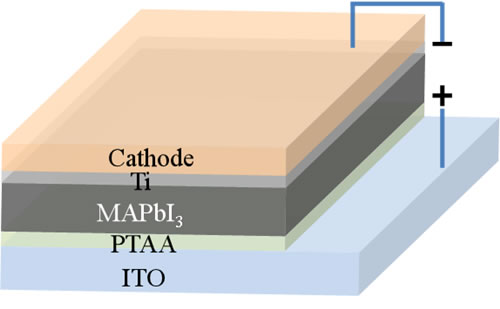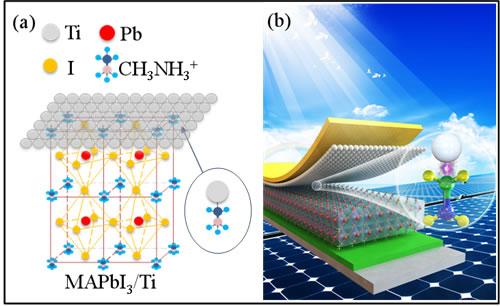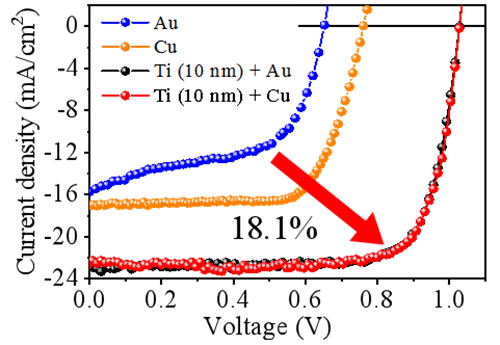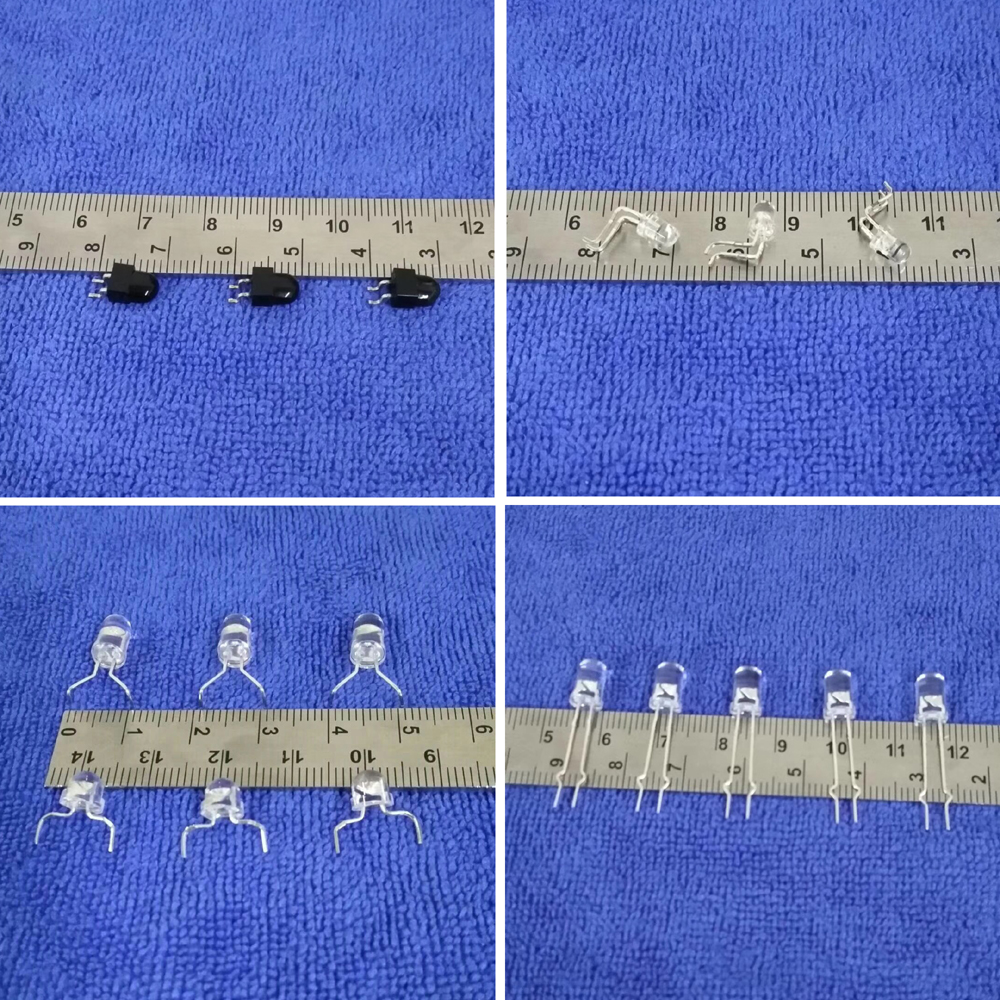Hefei Research Institute made new progress in the field of perovskite solar cells
Recently, the Li Xinhua research group of the Institute of Solid State Physics of the Chinese Academy of Sciences Hefei Institute of Material Science and the Dai Jianming research group have made new progress in the field of perovskite solar cells and developed a new high-efficiency perovskite solar energy without organic electron transport layer. Batteries, related research was published in Solar RRL (DOI: 10.1002 / solr.201800167), a sub-Journal of Advanced Materials.
As an indispensable part of new energy, the research progress of photovoltaic energy has attracted much attention. Among them, perovskite structure solar cells have a wide range of application prospects due to their superior light absorption characteristics, adjustable band gap, long carrier life, high mobility, simple preparation process, and low cost. Research hotspots.
Perovskite solar cells are divided into two types: nip and trans, and trans-planar perovskite solar cells (anode / hole transport layer / perovskite / electron transport layer / Cathode metal) has attracted more and more attention due to its simple preparation process, low temperature film formation, and no obvious hysteresis effect. However, it still faces many problems: first, the photoelectric conversion efficiency is still slightly insufficient; second, it is used as a core component of perovskite (such as: methylamine lead iodine (MAPbI3)) solar cell organic electron transport layer (such as: C60, PCBM, etc Lelene and its derivatives) have poor thermal stability and cannot block the diffusion of metal electrodes in MAPbI3; third, organic electron transport layers are expensive.
In order to solve these problems, researchers at the Institute of Solid State used metal titanium (Ti) to replace the organic electron transport layer and designed a perovskite solar cell (ITO (anode transparent conductive glass) / PTAA (organic hole transport layer as shown in Figure 1 ) / MAPbI3 / Ti / Cathode (cathode metal)) structure. Studies have shown that the Ti (10nm) layer prepared by the high viscosity of Ti can completely cover the surface of the perovskite, which is conducive to reducing the contact resistance of the electrode and can effectively suppress the diffusion of the cathode metal in the perovskite device , Which helps to protect the integrity and stability of the device structure; on the other hand, at the interface between Ti and MAPbI3, Ti and methylamine ion (MA +) form a Ti-N bond, which can inhibit MAPbI3 due to the evaporation of the surface layer MA + The resulting decomposition further improves the stability of the device (Figure 2). The research results show that the photoelectric conversion efficiency of perovskite batteries prepared with Ti as the electron transport layer has reached 18.1% (Figure 3), which is the highest efficiency achieved by direct contact between the metal material and the perovskite layer, and it is also comparable to the traditional The photoelectric conversion efficiency of perovskite solar cells with PCBM as an organic electron transport layer. Moreover, compared with the preparation conditions of the organic electron transport layer, the preparation and cost of the Ti layer are simpler and cheaper.
This research work provides a new idea for constructing efficient perovskite solar cells and has very important guiding significance.
This work was supported by the National Natural Science Foundation of China and the National Natural Science Foundation of China.

Figure 1. Schematic diagram of a perovskite device with trans ITO / PTAA / MAPbI3 / Ti / Cathode structure

Figure 2. MAPbI3 / Ti interface Ti-N bonding diagram

Figure 3. Current-voltage diagram of perovskite devices with different cathode metals
5mm Through-hole LED, we supply 5mm white LED with water clear lens, 5mm white LED with diffused lens. In addition, the shape can be 5mm round LED without flange(fringe), 5mm short head LED, 5mm bullet top white LED, 5mm round white LED with flange, 6mm round LED without flange(fringe), 6mm short head LED, 6mm bullet top white LED, 6mm round white LED with flange ect.
5mm White Through-hole LED widely used for white sign, display LED, indicator LED, die hole LED and 5mm round white with lamp holder because of the high brightness and the small size.
For the pin of 5mm white through-hole LED, we also have a lots of choice on it. For example: 5mm white Through-hole LED flat pin, 5mm white Through-hole LED curved pin, 5mm white Through-hole LED braided pin ect.
For the brightness of 5mm white through-hole LED, we have three level: common bright 5mm white through-hole LED, super bright 5mm white through-hole LED and ultra bright 5mm white through-hole LED.
For the angle of 5mm white through-hole LED, 15 degrees, 30 degrees, 45 degrees, 60 degrees, 120 degrees are available.
For the raw materials, we use the LED chip from Taiwan Epistar, Tyntek, Optotech. The stability of our products have been recognized by all of our custom.

5Mm White Through-Hole LED,Super Bright Through-Hole LED,Round Through-Hole 5Mm LED,Through-Hole 5Mm LED White
Shenzhen Best LED Opto-electronic Co.,Ltd / BESTSMD CO LIMITED(HK) , https://www.bestsmd.com
